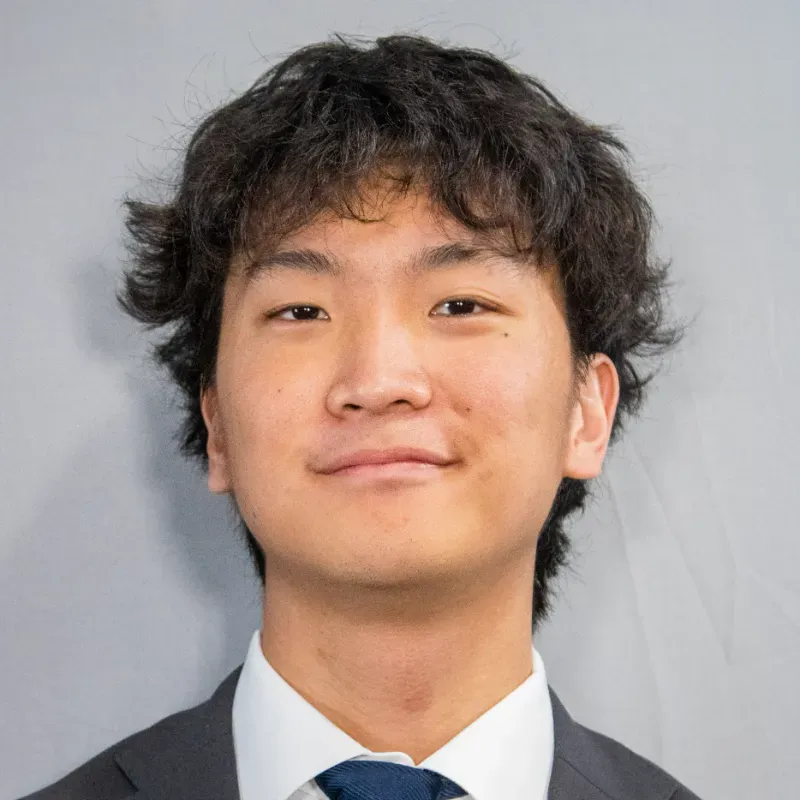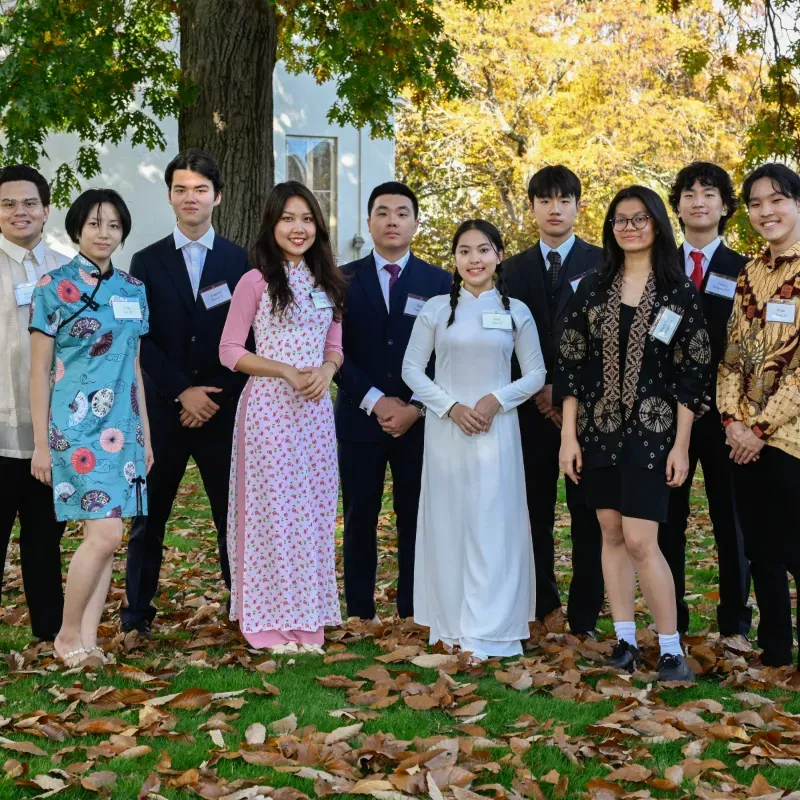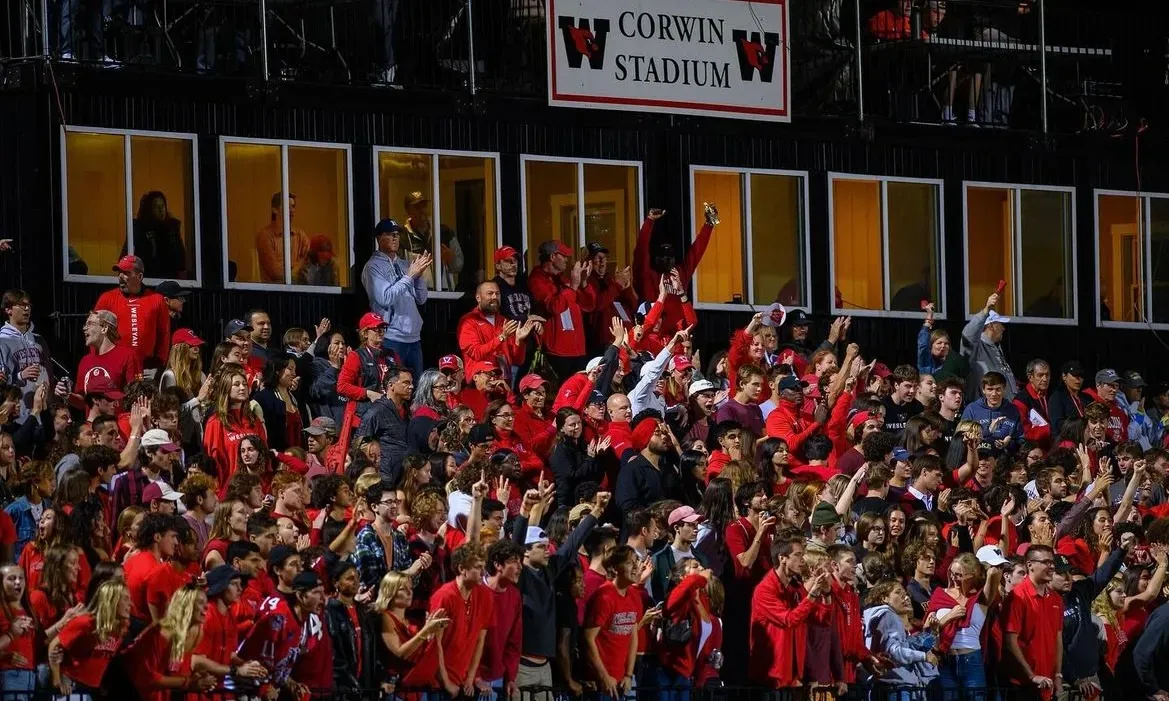Intro
Hi! My name is Tomoki, and I am a current junior at Wesleyan studying economics. Growing up, I bounced between cultures, spending my childhood in NYC, and returning to Japan after finishing Elementary school. Those years in the US stuck with me, and the ideas of diversity, freedom, and the possibility of social mobility were something I sought after even after I left NYC. Unfortunately, I found that Japan lacked in that, and so I felt extremely fortunate when I was given the opportunity to find an “America within Japan.”
I attended the American School in Japan (ASIJ) for both middle and high school. Middle school was pretty standard, covering humanities, sciences, and math, but high school was when things started to differentiate. I could choose my classes and specialize more, especially with the vast number of electives, along with the AP courses that were available to us. I specifically had an interest in biology and chemistry, and took as many classes as I could in those areas. Looking back, the school was very well-funded and provided me with lots of opportunities I likely would not have had in a traditional Japanese school, and for that I am so grateful.

Differences from a Japanese School
As a top international school in Japan, my high school experience was quite privileged, with access to college counseling and an extremely tight-knit, well-established network that has allowed me to get the professional experience that I have today. Despite these many privileges that came from attending a school like ASIJ, I still needed to fight an uphill battle when it came to college admissions, as I was a rare case, even among my classmates. Being a non-U.S. citizen and needing financial aid, I was in a unique situation that college counselors at ASIJ did not have much experience advising in. This meant that I had to spend countless hours researching on my own. This meant joining online forums like r/IntltoUSA on Reddit, digging through university-released common data sets, and figuring out which schools offered significant amounts of financial aid for international students. The process was tedious and often frustrating, but it taught me how to be resourceful, resilient, and self-reliant.
Picking My Schools
I knew the Ivies and research universities rarely gave much financial aid to internationals, so I knew that I had to be strategic. I wasn’t concerned about prestige–I didn’t apply to a single Ivy. I focused on liberal arts colleges that had a track record of supporting students like me financially, and ended up applying to around 20 universities, including Notre Dame (my dream school, where I got rejected), Washington and Lee University (accepted with a $40,000 scholarship but $50,000+), Kenyon University (Presidential Scholarship), Denison University, and eventually Wesleyan, where I received a full ride through the Freeman Scholarship program.

The aspects of my application that allowed me to stand out weren't my GPA or SAT scores. My GPA was 3.92, and my SAT was a 1450, which–don’t get me wrong–are very solid, but not full-ride worthy. I think that the aspect of my application that made up for the lack of a 1500+ SAT or perfect GPA was my personal essay. I wrote about my name, Tomoki (友樹), which means “friend tree” in Japanese. I used it as an analogy to describe how my roots are strongly rooted in Japan, but my branches reach out to other cultures and constantly strive to branch out and learn as I grow. I think that essay got the attention of the scholarship committee’s values of bridging cultural divides, and also stood out as not many people write about their names for their Common App personal essay. I also believe my strong letters of recommendation, built on genuine relationships with teachers, helped my candidacy significantly.
Why Wesleyan
One big reason I chose Wesleyan was the diversity of backgrounds. Not just the typical racial and gender diversity you think of when you hear that word, but rather the vast interests and hobbies that people have all around campus. Even though it’s such a small campus with around three thousand undergraduates, it’s so diverse in the kinds of people that go here that you are bound to find some people you share common interests with, no matter how niche that interest may be. But other than that, to be completely transparent, the financial incentive was the biggest motivator for attending Wesleyan by far.
I think the biggest lesson here is that studying abroad is not just about prestige or hitting certain milestones. It’s about figuring out what you want, being realistic about your options, and making the most of the resources and opportunities available to you. It’s about being open-minded and realizing that the path to whatever idea of “success” you might have in your head won’t always be smooth. Sometimes you might not get what you want (Notre Dame…), but I truly believe everything happens for a reason–you will end up where you are meant to be (for me, Wesleyan!).
Is Wesleyan University your dream university too?
Get into Wesleyan University with Guidance
Life at Wesleyan
Let’s talk academics: Coming to Wesleyan was a huge shock academically. ASIJ used standards-based grading, which made it relatively easy to get as long as you met certain criteria. Here, the grading is much harsher and on an A-F scale. For the first time in years, I found myself spending hours in the library, struggling in classes, and going to the instructor for help. It was humbling but also exciting, as I was learning how to learn again. I think this is a universal experience across all international schools in Japan that follow the AP curriculum. This easy high school system unintentionally sets up students to struggle at university, but that’s a topic for a whole other essay.
Now on to social life: When it came to finding my “people,” I forced myself out of my shell and made sure that I was the most outgoing person in every room I was in during orientation. Due to a relatively smaller international community, many international students stick to their home-country groups. Sure, I wanted friends who shared a similar background and were international, but that’s not what I came to study in the States for. I came here to immerse myself in American culture, make American friends, and really make the most out of my four years without confining myself to a comfortable bubble. To make friends who weren’t Japanese or international, I joined campus organizations, talked to everyone I saw at orientation, got to know my entire dorm floor, and joined a Fraternity where I have found some of my closest friends.

My Advice and Reflections
To anyone from Japan or elsewhere in East Asia thinking about studying in the US or abroad, start early, do your research, and be strategic but also flexible. Don’t be discouraged if you don’t get into your “dream school” because there are so many ways to succeed and so many opportunities outside of whatever school you may be hyper-fixated on.
One thing I want to emphasize, especially for those thinking about their future careers, is having clear direction. One of the big reasons I came to the US was to pursue my passions without societal pressure and strict cultural norms, and I knew I wanted to work in finance. This summer, I am working a venture capital internship, and next summer I’ll be interning at an investment bank in NYC. Having this kind of drive in your career direction is crucial. I’ve talked to many international students, especially juniors and seniors, who regretted not having a post-graduation plan when they started college. American passport holders might have the privilege of waiting around, not knowing what they want to do, and switching majors left and right. Still, the reality is that you’re an F1 student with very limited options and flexibility.
Many come in passionate about something like film or the arts—which is great—but if you want to maximize your learning opportunities on OPT, it can be challenging without a clear roadmap or understanding of visa regulations and what companies will allow you to utilize your CPT/OPT. So, thinking early about what you want out of your education and planning accordingly can save you a lot of stress. Make sure you build a pathway that leads you where you want to be.
At the end of the day, the college application process and college years are what you make of them. If you’re lucky as an international student seeking financial aid, you just might get into your “dream” school. But the reality is that most kids don’t, and that’s okay. Wesleyan was at the bottom of my list, yet, looking back, I wouldn’t have gone about my college admissions journey any differently.





